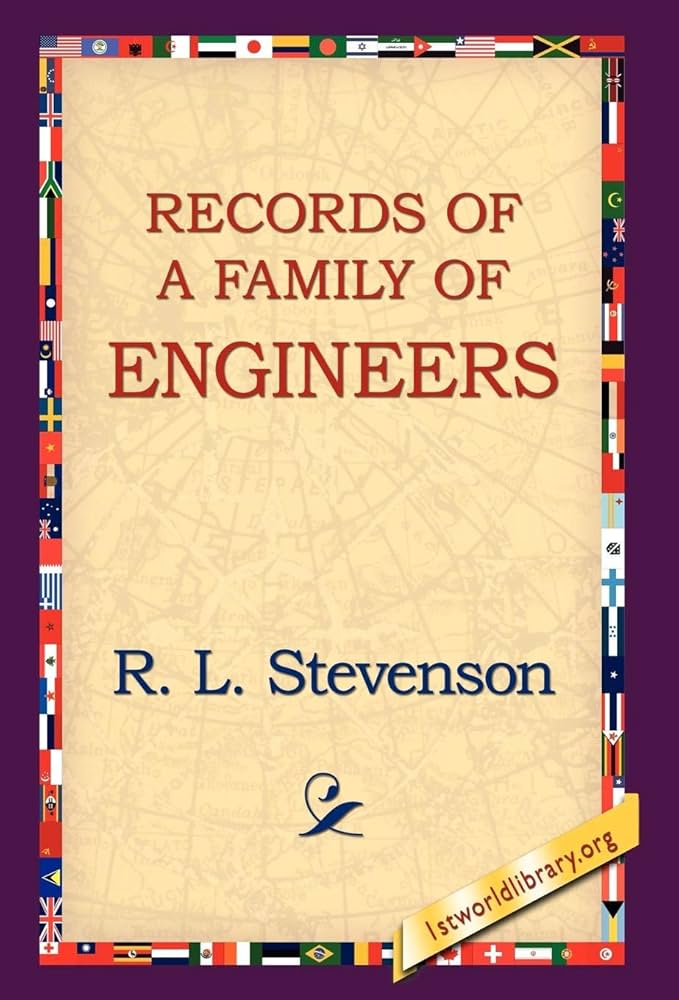Introduction
byIntroduction opens the door to a lineage long woven into the fabric of Scottish history, yet modest in its outward legacy. The Stevenson name, recorded in various forms over the centuries—Stevinstoun, Stevensoun, and others—traces its origins across different regions and historical contexts. By the start of the 18th century, land ownership among those bearing the name had largely disappeared, pointing to a family more grounded in the working and professional classes than in the ranks of Scotland’s landowning elite. Yet, scattered documentation reveals Stevensons serving in Parliament, practicing medicine, and quietly influencing the communities they were part of. Rather than grand titles or castles, their contributions unfolded in smaller, steady roles that sustained the quiet machinery of Scottish civic life. The family, though not cloaked in nobility, carried a tradition of respectability that had its own quiet power, shaped by adaptation and endurance rather than conquest or command.
The ambiguity surrounding the Stevenson name adds a layer of intrigue to their story. Some records suggest ties to Norse settlers, while others imply a link to Clan MacGregor, a name once outlawed in Scotland. During periods of political unrest, many Stevensons are said to have shifted identities for safety, adopting or discarding surnames depending on the ruling powers. This chameleon-like quality didn’t signal weakness but rather a deep resilience in navigating shifting loyalties and turbulent times. One enduring family legend traces their roots to a French barber-surgeon who served under Cardinal Beaton, hinting at a past marked by survival, service, and subtle influence. Whether true or not, such stories echo the broader theme of legacy formed not solely through bloodlines, but also through action, memory, and adaptation. It is this very mix of truth, supposition, and storytelling that defines how many families, not just the Stevensons, come to understand themselves.
What sets this family history apart is not grandeur but grounded humanity. The story of John Stevenson silently praying during a storm, moved by fear yet not making a scene, offers a glimpse into the values that shaped these lives—quiet faith, personal responsibility, and emotional restraint. Across generations, the Stevensons pursued modest careers: in education, trade, and engineering. They weren’t builders of empires but keepers of order and industry, carrying forward duties with diligence and care. Even without fame, their character left lasting impressions in smaller, meaningful ways. These were people who managed estates, taught schoolchildren, and maintained beacons on rocky coasts—roles not glamorous but essential to daily life. Their commitment to work and family is what preserved the Stevenson name long after the last traces of land ownership had faded.
In examining their past, one does not find a single defining hero but rather a constellation of ordinary individuals doing their part. The family’s roots may have been obscured by political turbulence or lost documentation, but their persistence ensured that their values survived. Their history is less about bloodlines and more about a spirit of resourcefulness passed from one generation to the next. Whether tied to a proscribed clan or a French court, the Stevensons carried forward a legacy defined by everyday virtue. This includes honesty, work ethic, and a quiet sense of dignity in the face of changing times. As one looks back, it becomes clear that greatness can be measured not just by historical acclaim but by the integrity of how people lived when no one was watching.
Understanding a family’s story often means accepting contradictions and possibilities. The Stevenson narrative, shaped as much by oral tradition as by documented facts, resists tidy conclusions. Their identity was shaped over centuries through choices made under pressure, professions taken up out of necessity, and values maintained through uncertainty. In many ways, the family’s history reflects that of Scotland itself: resilient, complex, and deeply human. This early chapter doesn’t just trace a surname—it uncovers a way of life built on constancy rather than spectacle. For anyone reflecting on heritage, the Stevensons offer a lesson in how strength can lie in humility, and how legacy is not always written in stone, but remembered in the way people lived.

